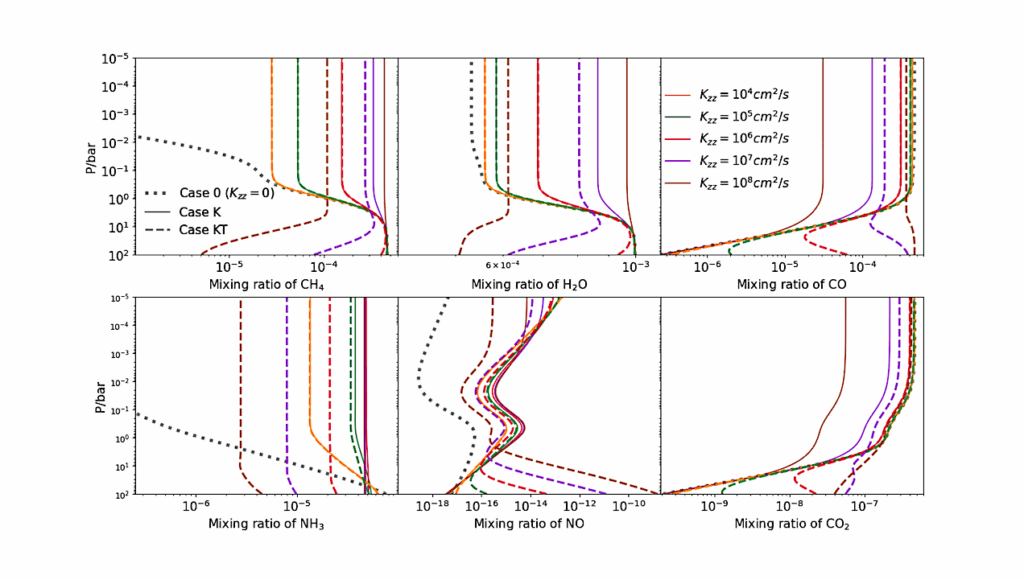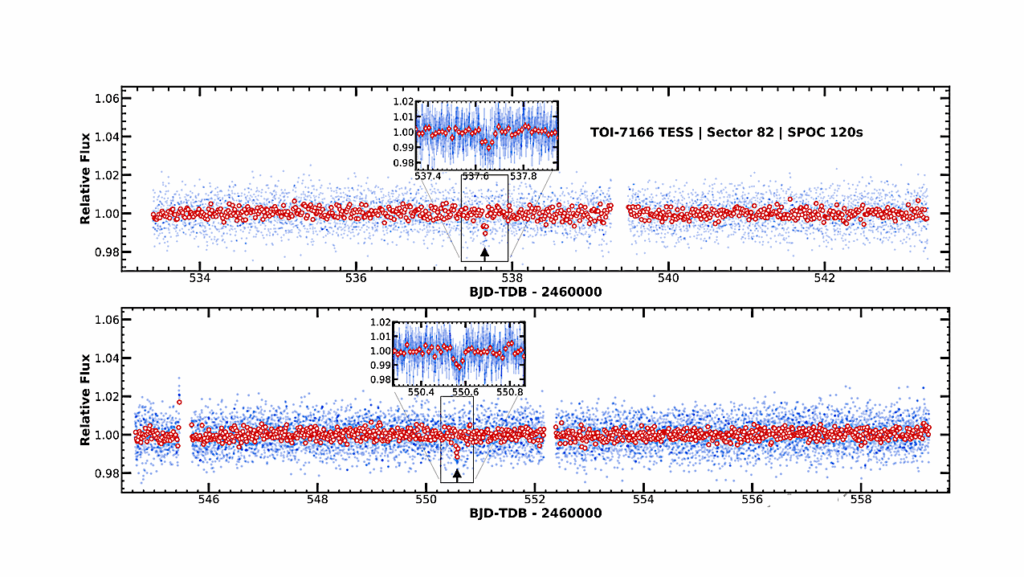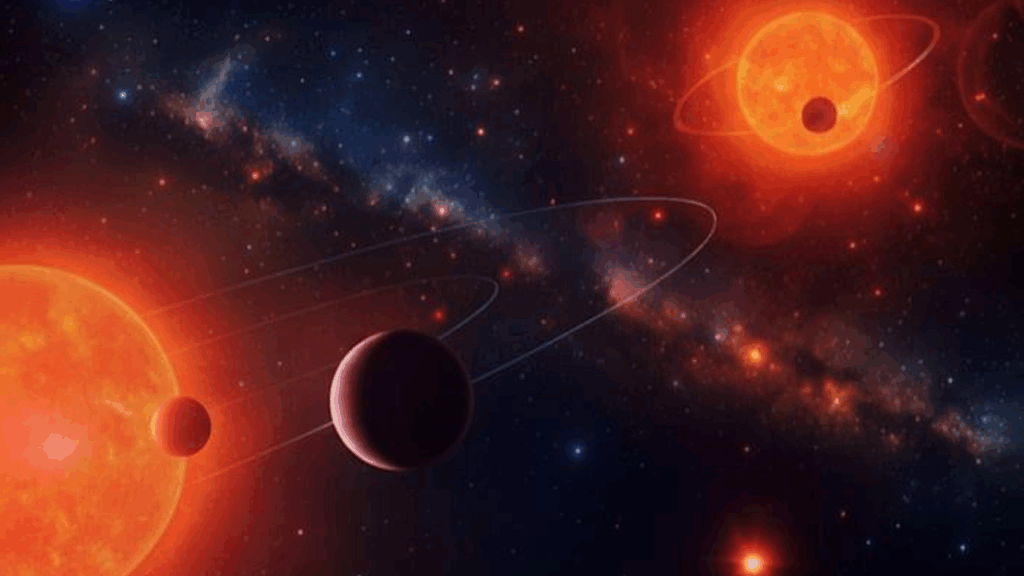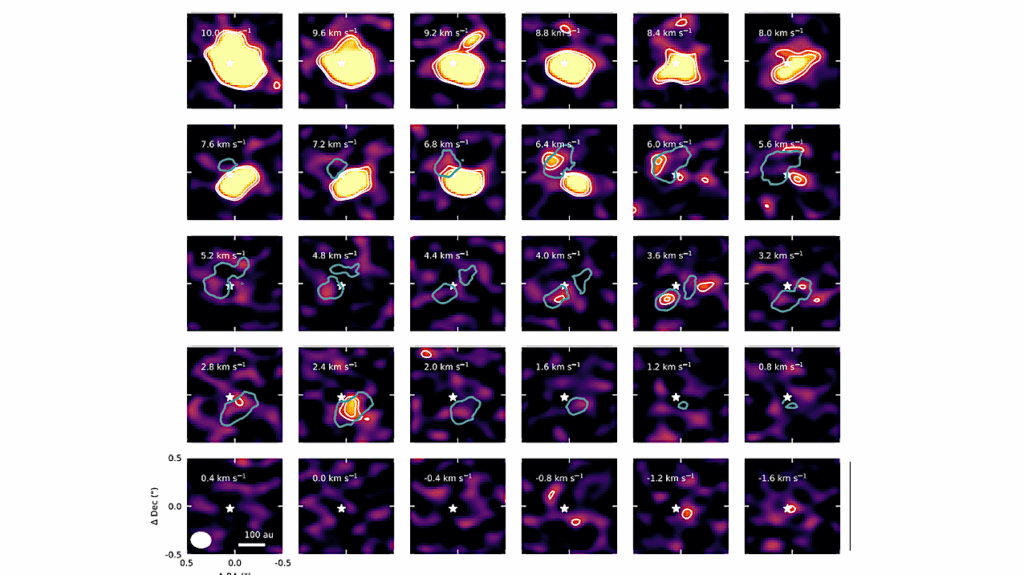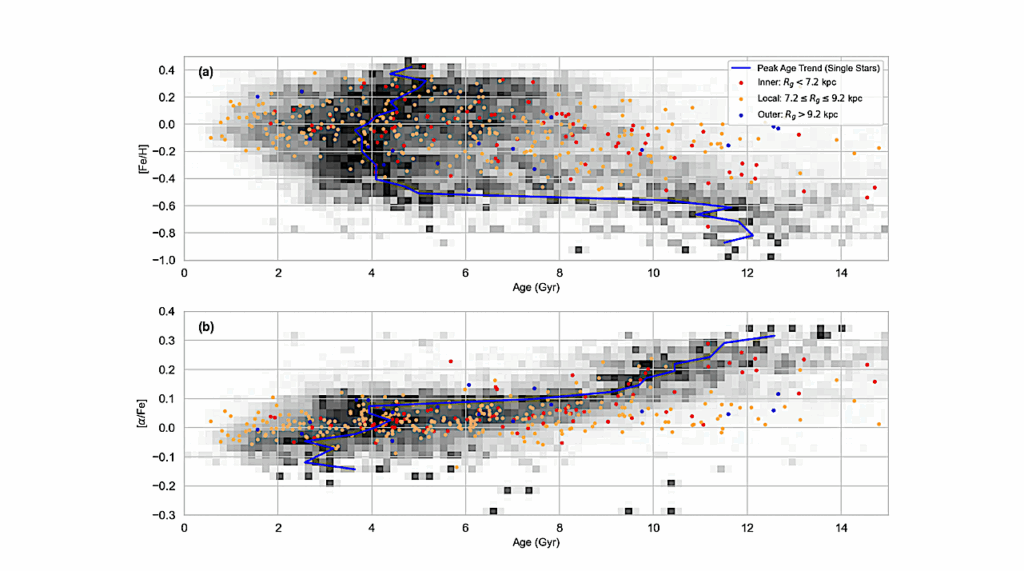Water Cycling Between Ocean and Mantle: Super-Earths Need Not be Waterworlds

Large terrestrial planets are expected to have muted topography and deep oceans, implying that most super-Earths should be entirely covered in water, so-called waterworlds.
This is important because waterworlds lack a silicate weathering thermostat so their climate is predicted to be less stable than that of planets with exposed continents. In other words, the continuously habitable zone for waterworlds is much narrower than for Earth-like planets. A planet’s water is partitioned, however, between a surface reservoir, the ocean, and an interior reservoir, the mantle.
Plate tectonics transports water between these reservoirs on geological timescales. Degassing of melt at mid-ocean ridges and serpentinization of oceanic crust depend negatively and positively on seafloor pressure, respectively, providing a stabilizing feedback on long-term ocean volume. Motivated by Earth’s approximately steady-state deep water cycle, we develop a two-box model of the hydrosphere and derive steady-state solutions to the water partitioning on terrestrial planets. Critically, hydrostatic seafloor pressure is proportional to surface gravity, so super-Earths with a deep water cycle will tend to store more water in the mantle.
We conclude that a tectonically active terrestrial planet of any mass can maintain exposed continents if its water mass fraction is less than ~0.2%, dramatically increasing the odds that super-Earths are habitable. The greatest source of uncertainty in our study is Earth’s current mantle water inventory: the greater its value, the more robust planets are to inundation. Lastly, we discuss how future missions can test our hypothesis by mapping the oceans and continents of massive terrestrial planets.
Nicolas B. Cowan (Northwestern University), Dorian S. Abbot (University of Chicago) (Submitted on 3 Jan 2014)
Comments: 8 pages, 2 figures, ApJ in press
Subjects: Earth and Planetary Astrophysics (astro-ph.EP)
Journal reference: 2014 ApJ 781 27
DOI: 10.1088/0004-637X/781/1/27
Cite as: arXiv:1401.0720 [astro-ph.EP]
(or arXiv:1401.0720v1 [astro-ph.EP] for this version)
Submission history From: Nicolas Cowan [v1] Fri, 3 Jan 2014 20:59:56 GMT (85kb)


